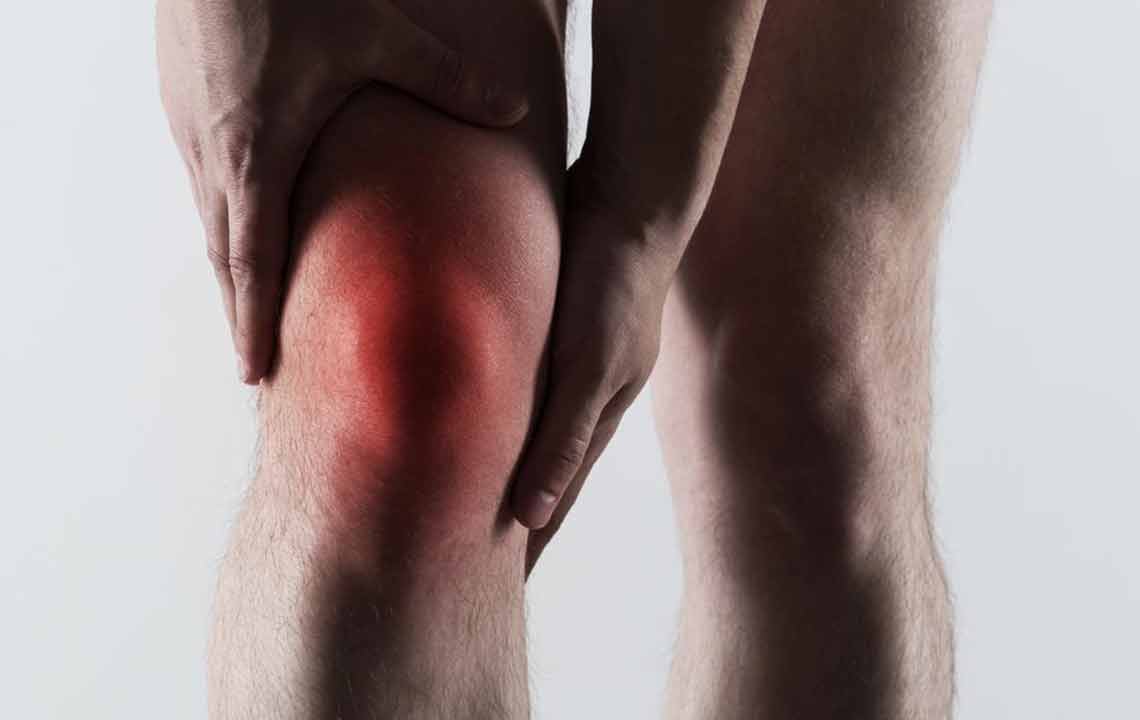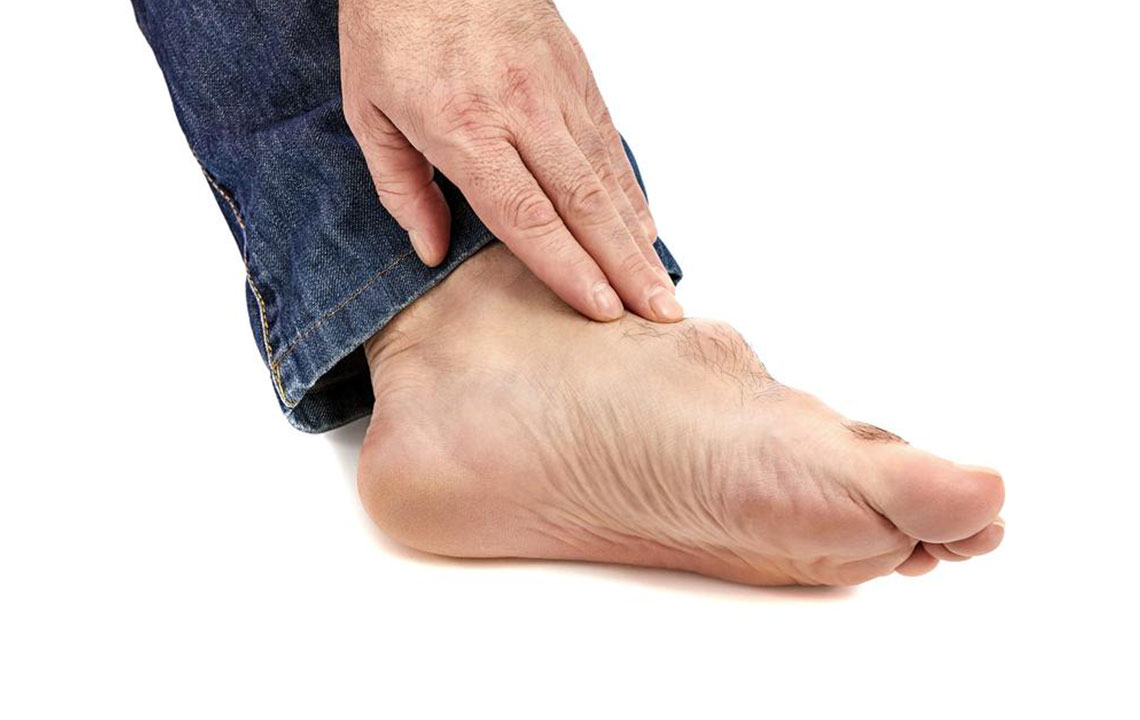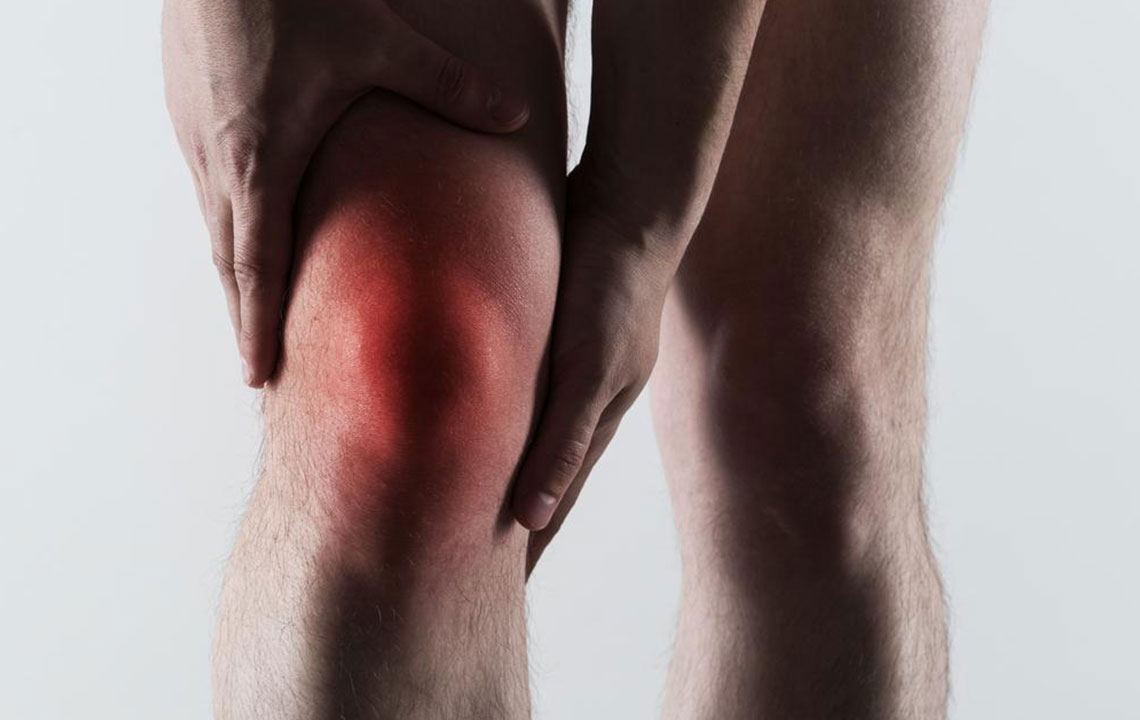Comprehensive Guide to Gout: Causes, Symptoms, and Proven Prevention Strategies
This comprehensive guide covers everything about gout—from its causes and symptoms to effective management strategies. Learn how to identify early signs, understand its triggers, and adopt lifestyle changes to prevent flare-ups and joint damage. Discover medical treatments that help control uric acid levels and reduce inflammation. Empower yourself with knowledge to manage gout effectively and enjoy a healthier, pain-free life through proactive measures and professional medical guidance.

Comprehensive Guide to Gout: Causes, Symptoms, and Proven Prevention Strategies
Gout is a complex and often painful form of arthritis that predominantly affects the small joints, especially in the feet and toes, leading to sudden episodes of intense pain, inflammation, and swelling. As a chronic condition, gout can significantly impair an individual's quality of life if not properly managed. While traditionally associated with middle-aged men, gout is increasingly recognized among women, especially post-menopause. Understanding its underlying causes, recognizing early symptoms, and adopting effective management strategies are crucial to preventing long-term joint damage and ensuring a comfortable, pain-free life.
Gout develops when uric acid crystals deposit in the joints, triggering an inflammatory response. Uric acid is a waste product generated when the body breaks down purines—substances found naturally in various foods and beverages. When uric acid levels in the blood become abnormally high, a condition known as hyperuricemia, these crystals can form, leading to gout attacks. The interplay of genetic, lifestyle, and medical factors influences uric acid levels, making some individuals more prone to this painful condition than others.
In this comprehensive guide, we will explore the multifaceted causes of gout, outline the hallmark symptoms to watch out for, and provide effective strategies for prevention and management. With better awareness and proactive measures, individuals can control gout episodes, reduce flare-ups, and maintain a healthy, active lifestyle.
Understanding the Causes of Gout
Gout is primarily caused by elevated uric acid levels in the bloodstream, but the reasons behind this elevation are diverse. Genetics play a significant role; individuals with a family history of gout are more susceptible due to inherited metabolic tendencies. Moreover, certain medical conditions contribute to increased uric acid production or decreased excretion, including hypertension (high blood pressure), high cholesterol, obesity, insulin resistance, and type 2 diabetes.
Dietary habits are major modifiable risk factors. Consuming foods high in purines—such as red meats, organ meats, shellfish, and certain fish (like sardines and mackerel)—can raise uric acid levels. Additionally, alcohol consumption, especially beer and spirits, impairs uric acid excretion, exacerbating the risk. Obese individuals are more likely to develop hyperuricemia because excess body weight increases uric acid production and reduces renal clearance.
Medications such as diuretics, aspirin, and certain immunosuppressants can also increase uric acid levels, making management more complex for individuals on long-term drug therapy. Furthermore, dehydration reduces urine volume, impairing uric acid excretion and triggering gout attacks.
Recognizing Gout Symptoms Early
Early diagnosis of gout relies on recognizing its characteristic symptoms. Typically, an attack begins abruptly, often waking individuals from sleep due to the sudden onset of severe pain. The pain during a gout attack is often described as excruciating, described by many as the most intense pain they've ever experienced. The affected joint, most commonly the big toe (podagra), becomes swollen, red, warm, and extremely tender to the touch.
Other symptoms may include:
Intense joint pain: Usually develops rapidly within hours of symptom onset, often affecting the big toe but also involving ankles, knees, wrists, or elbows.
Persistent discomfort: After the initial pain subsides, residual aching, stiffness, and swelling can linger for days or weeks, with subsequent attacks potentially involving multiple joints and lasting longer over time.
Limited mobility: Swelling and pain hinder joint movement, affecting daily activities such as walking or grasping objects.
Redness and warmth: Inflamed joints become visibly red and feel warm to the touch, reflecting active inflammation.
Formation of tophi: Chronic and untreated gout may lead to the development of tophi—small, chalky nodules under the skin around affected joints that can cause deformities and joint destruction.
Effective Strategies for Gout Management and Prevention
Managing gout effectively involves a combination of pharmacological treatment, lifestyle modifications, and dietary interventions. The primary goal is to lower serum uric acid levels, prevent crystal formation, and reduce inflammation during acute attacks.
Medications prescribed by healthcare professionals include non-steroidal anti-inflammatory drugs (NSAIDs) like ibuprofen or naproxen, colchicine, corticosteroids, and uric acid-lowering agents such as allopurinol and febuxostat. These medications help control inflammation during flare-ups and manage chronic uric acid levels to prevent future attacks.
In addition to medication, lifestyle adjustments are vital for long-term management:
Dietary changes: Limit intake of purine-rich foods, avoid alcohol, and reduce consumption of sugary drinks. Emphasize low-purine foods like fruits, vegetables, whole grains, and low-fat dairy products.
Maintain healthy weight: Achieving and maintaining a healthy body weight reduces uric acid production and alleviates joint stress.
Stay well-hydrated: Drinking plenty of water helps dilute uric acid in the bloodstream and promotes its renal excretion.
Avoid triggers: Recognize personal flare-up triggers, such as excessive alcohol or high-purine meals, and minimize their intake.
Regular exercise: Engaging in moderate physical activity supports overall health and helps control weight, but avoid high-impact activities during an acute attack.
Vitamin C supplementation has been shown to modestly reduce uric acid levels, and patients are advised to discuss supplementation options with their healthcare providers. Limiting the use of medications that impair uric acid excretion, when possible, is also recommended.
Proactive Monitoring and Medical Care
Regular medical follow-ups are essential for individuals with gout. Blood tests to monitor uric acid levels enable timely adjustments in medication dosages and lifestyle interventions. For chronic sufferers, specialists such as rheumatologists can provide personalized treatment plans, optimize medication regimens, and address any joint damage or deformities caused by longstanding gout.
In cases where tophi develop or joint damage becomes evident, surgical interventions might be necessary to remove nodules or repair joint deformities. Early intervention and consistent management substantially improve quality of life and prevent serious complications.
Understanding that gout is a manageable condition empowering individuals to adopt healthier habits, stay vigilant for symptoms, and seek prompt medical advice is key to living a vibrant, pain-free life. With informed choices, lifestyle modifications, and appropriate medical care, gout can be controlled effectively, allowing individuals to enjoy an active and comfortable lifestyle.





